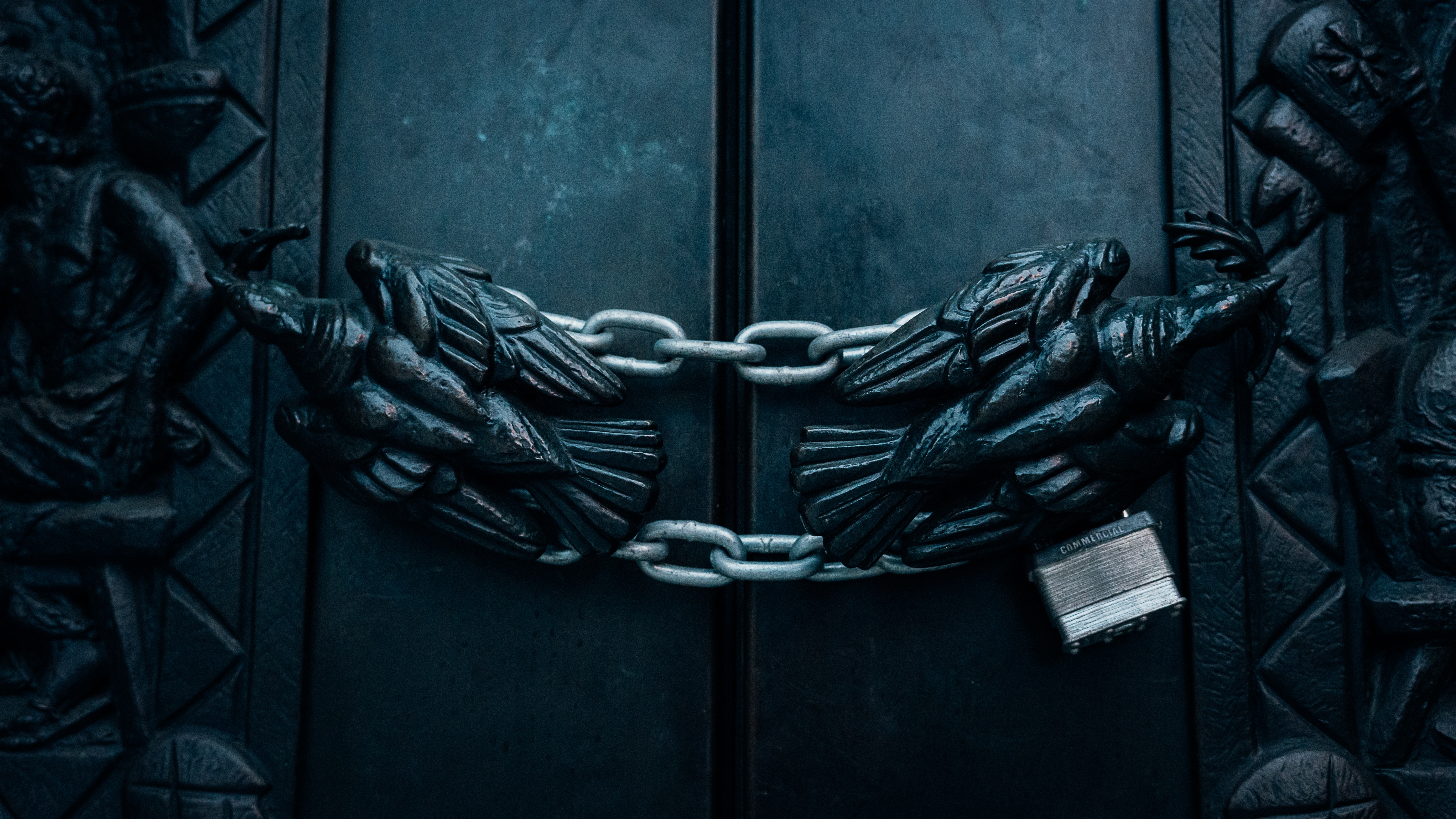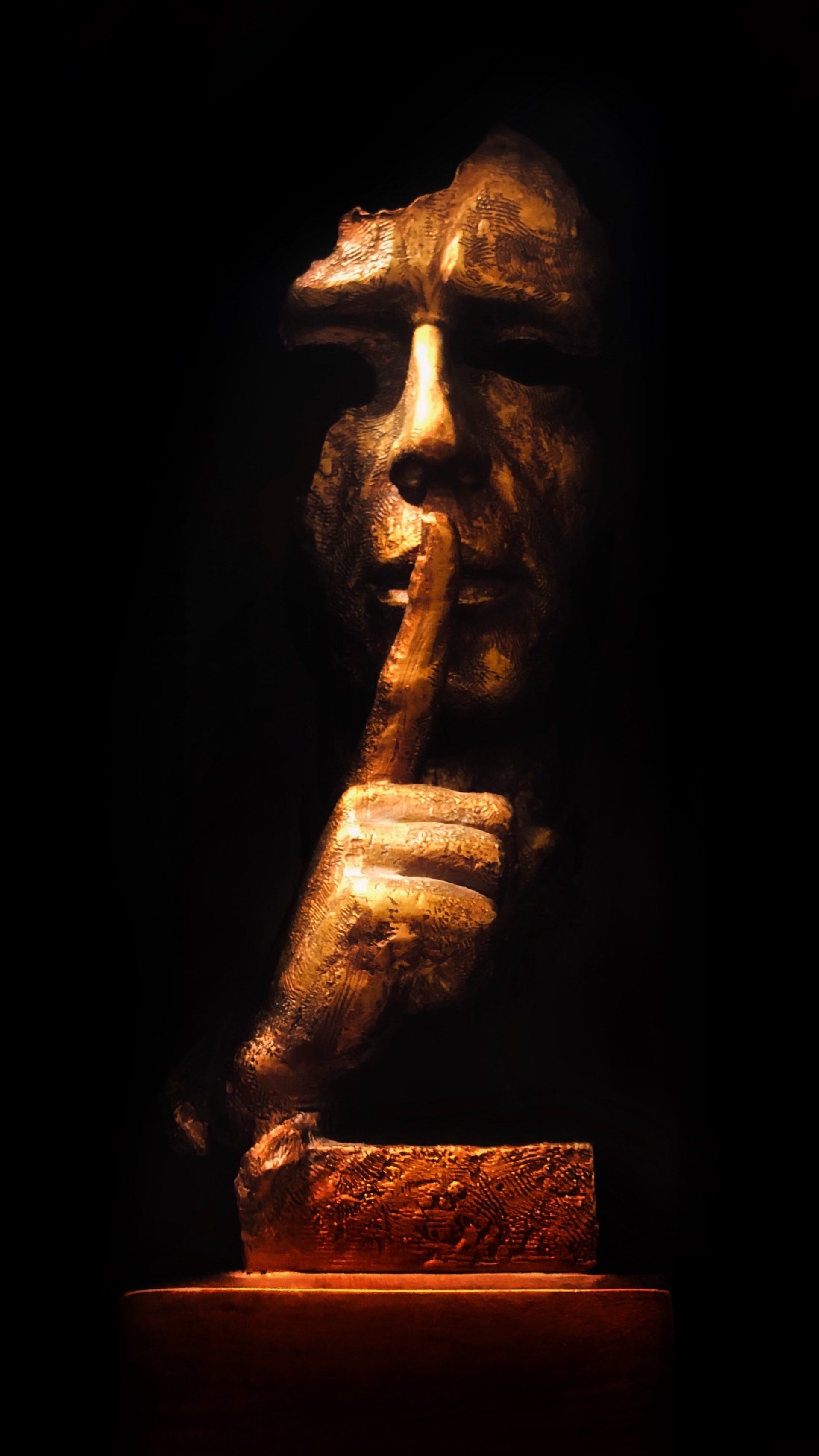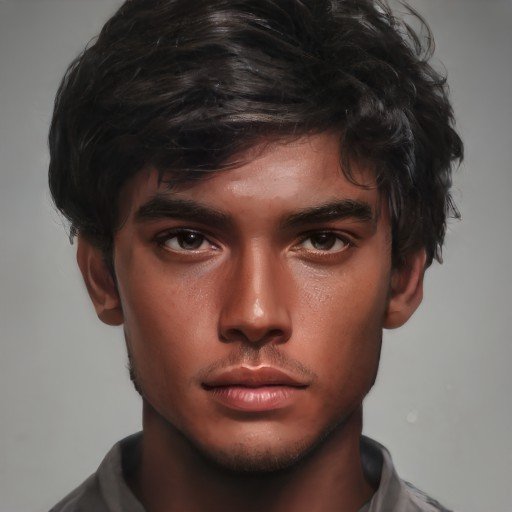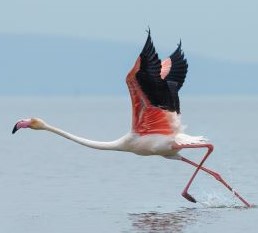Makarid is the term used in Hislaryia to identify any person that has Dragon's blood in their ancestry.
The term derives from Makahar, the name of the legendary dragon who made a pact with a group of humans to gift them magic in exchange for companionship.
History and Myth
... and the mighty Makahar saw that they were young and beautiful and his hunger was placated...— from The Tale of Makahar and the Pact of the Thirteen
While the legend of
Makahar and the pact of the Thirteen is fascinating, it is set in much more recent times compared to the birth of the first makarids. In fact, dragons and humans have a history of romantic relationships that dates back to the prehistory of Hislariya, and the oldest makarids lineages have a recorded history of over 4000 years that they pass on generation after generation through songs and elaborate genealogical trees.
During the course of history, makarids faced prejudice and persecution from humans, who envied and feared them for their stronger magical connection. These people justify their hate both with the belief that the makarids stole the magic from dragons and are thus responsible for their disappearance from Hislaryia and the weakening of the magical powers available to others, and with the assumptions that makarids inherited the more bestial and unpredictable traits from their dragon ancestors and are therefore inherently dangerous.
This hate has often taken the form of exploitation of the makarids to work as resonators, adding to the original specism they face the prejudice due to being relegated to the lowest social classes.
Despite this, makarids maintain a strong sense of identity, and inside of the community continue to refer to each other with honorifics like
izar and
miyik even in a context of enslavement.
Physical aspect
... my beloved is a beauty, with silky scales and eyes of gold...— from an old sea shanty
Makarids have a longer life expectancy compared to humans. While their childhood is comparable in duration to that of humans, with puberty reached around 15-16 years, they enjoy a longer youth compared to humans and reach their prime at around 40 years of age and start declining only after their 60-70 years of age to live to around 110 years.
They are, on average, shorter and more lightly framed than humans, and physically weaker, but compensate with increased flexibility and obviously the increased affinity to magic.
Their diet is omnivorous with a meat preference, but the first and second generation makarids have commonly an intolerance to dairy products.
The makarids physical aspect is a reliable predictor of the generational distance they have with their dragon progenitor.
First Generation
First generation Makarids conserve several of their dragon parent characteristics: they usually are hairless and covered instead in delicate scales with the same pattern of their draconic parent. While the body shape is usually humanoid, lacking both wings and tail, the feet only have three toes and both feet and hands have sharp talonlike nails. This first generation always lacks breasts and nipples and is incapable of lactation.
The face has characteristics mixed between the two species, usually with slit pupils and rudimentary ears and nose. The mouth, while framed on a humanoid mandible, is large and devoid of lips, and armed with sharp triangular teeth and a forked tongue.
First generation Makarids are fully functional hermaphrodites like their draconic parents and have two internal ovotestis and both sets of external genitals. Their forked penis is not covered by a prepuce but retracts in the cloaca when not erect.
Contrary to their dragon parents, all makarids are viviparous. The gestation lasts about 7 months and the offspring is not selfsufficient for the first years of life. First generation incubators commonly make sure to have a community of available wet nurses to feed their children for at least the first 2 years of life.
Most of these characters are recessives and disappear fast in the subsequent generations.
Second Generation
Second generation makarids already almost completely lack scales and develop body and head hair, though remaining generally less hairy than the common human. They still sport a mottled or striped pattern in their skin similar to that of their draconic grandparent. Hands and feet become more similar to human ones while maintaining somewhat stronger nails.
Their head loses most of the triangular shape, nose and ears become more defined and lips start to appear. Their teeth are blunter and diminish in number to fit the smaller mouth. Some of the individuals retain the vertical slit pupils, but the eyes assume a more human like shape and the lids acquire eyelashes and lose the third eyelid.
This generation of makarids keeps being functional hermaphrodites and has a good level of fertility both as fertilizers and incubators, but the cloaca differentiates into a vulvar opening, that contains the penis at rest, and an anus.
Third generation onwards
From the third generation onwards, most makarids become indistinguishable from humans at a first glance. All of them still have a skin pattern that links them to their draconic ancestry, but it is in many cases so faint that it can be recognized only under accurate scrutiny and only in some part of their body.
The majority of them still have an extra tooth between the canine and the first premolar, but the character can be only discerned by an expert exam and some makarid parents extract the extra tooth of their children to try to give them a chance to escape the persecutions. Third generation and later makarids have round or oval pupils, but the most common iris colours keep being brown tonalities between golden yellow and ink black.
After the second generation, Makarids genital configuration becomes more variable, ranging from one similar to that of the second generations to a well developed penis that doesn't retract into the too small vulvar orifice, or on the other hand a well developed vulva with a smaller internal penis. Most of them are still fertile but, in the most extreme cases, the anatomy of the external genitals prevents their functionality either as incubators or fertilizer.
Mental characteristics and behaviours
That is part of the Master's personal collection, it's not for sale. — Tarvan
While generally behaving like most humans, makarids have a tendency to be more territorial and protective towards their people and their possessions. Most of them have hoarder or at least collection habits.
This served them well in the preservation of the draconic knowledge and artefact, but it is often a hindrance and cause of extreme distress for those forced to escape persecutions.
Sense of identity
-Are you bothered that I am who I am?
-You are just like any other man.
-I guess that will be good enough.— Yarik and Sonqui
Most makarids self identify as makarid first and foremost. As a secondary layer, they might identify with their lineage, or, if they shunned or have been rejected by their family, with any faction they might have given their affiliation to. Only makarids integrated into human society will bother giving themselves a gender identifier or a nationality, to help the humans around them to interact in the way they are more comfortable with.
Makarids factions and politics
Now let's repeat again the last 20 names of Naharid's branch.— a makarid elder teaching the younglings of the family
Makarids social structure is linked to their original familiar clan. Every clan is composed of all the makarids descending from a single dragon. As expected, one of the most famous and most numerous, lineages is that of the Makahar descendance. This ancestry is subdivided into 13 lines depending on the other ancestor, and takes the name from the first generation makarid they descend from.
These however are not the most ancient of families, and a few families record genealogic trees spanning over 100 generations, like the Zemesh lineage who originated 4119 years ago and has the oldest recorded ancestry tree.
These ancient families have the respect of the community as holders of the tradition and history of their people, but they most often lack much of the natural magical power that the newer lineages can boast, since most of the draconic blood has been diluted through the successive generations of interbreeding with humans. However, they often compensate with more complete records of the
Dragon chants, that they jealously guard.
The relationships with dragons and humans is a matter of disagreement among the community.
While still reverent of their draconic ancestors, most modern makarids believe that dragons don't harbour sentiments of affection towards them and that any attempt to reach out or interact with any dragon still alive should be avoided for the safety of the species, and an attempt to integrate within the human society, forgiving the past and present persecutions, should be the aim.
Some other makarids groups and families advocate instead for exclusive mating inside the community, to maintain as much dragon's blood and magical power as possible and be prepared to overthrow the human tyranny, while some others again dedicate their lives to the research of dragons willing to renew the pact and infuse new blood in the species, with the same intent.
Most makarids, in particular among the
Makarids diaspora in Kithanda, are moderate and focus their attention on keeping a low profile and escaping persecutions.







I want to know more!!! What other things do the parents do to protect their children apart from extracting the extra tooth? How makarids feel about humans? Do they hate humans? seek revenge? or just want to be left alone?
I think I'll expand better on all of these in the makarids diaspora article, but thanks for asking <3